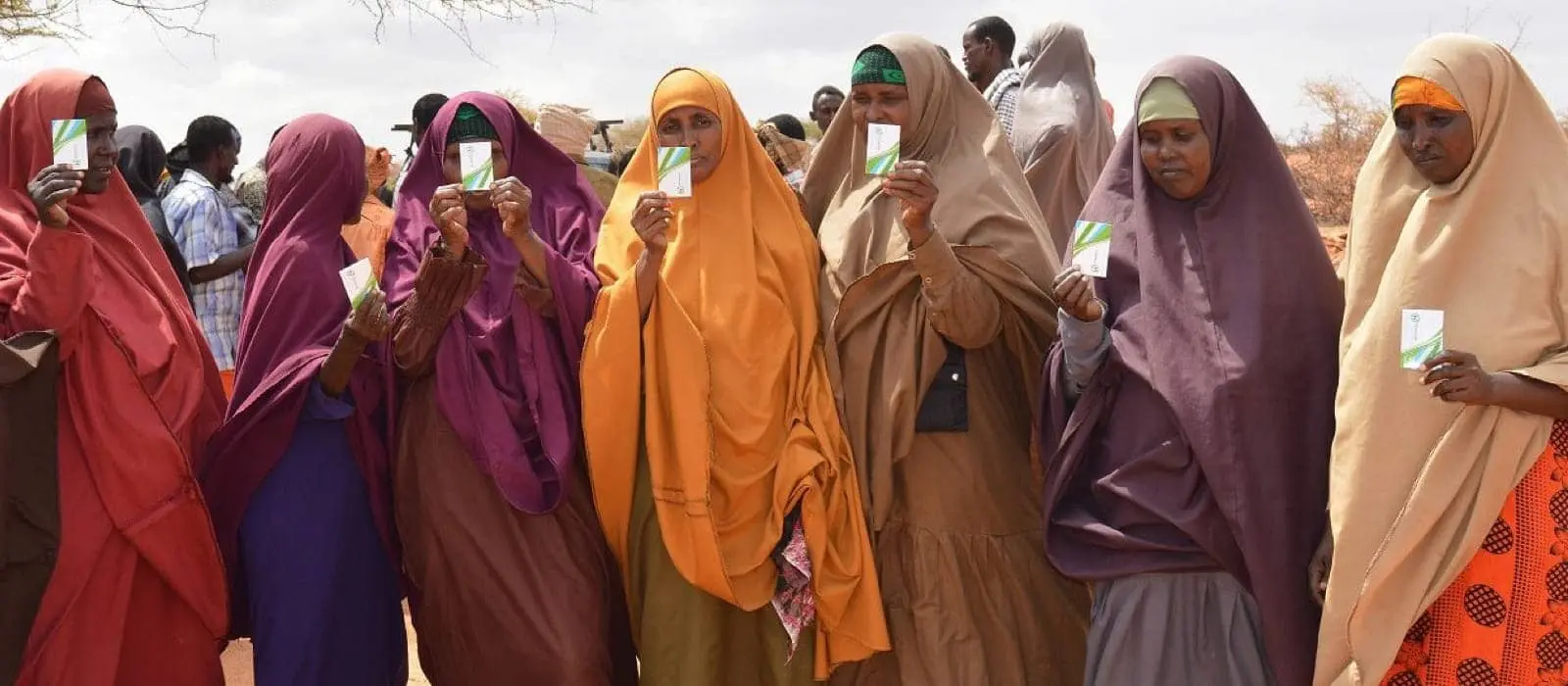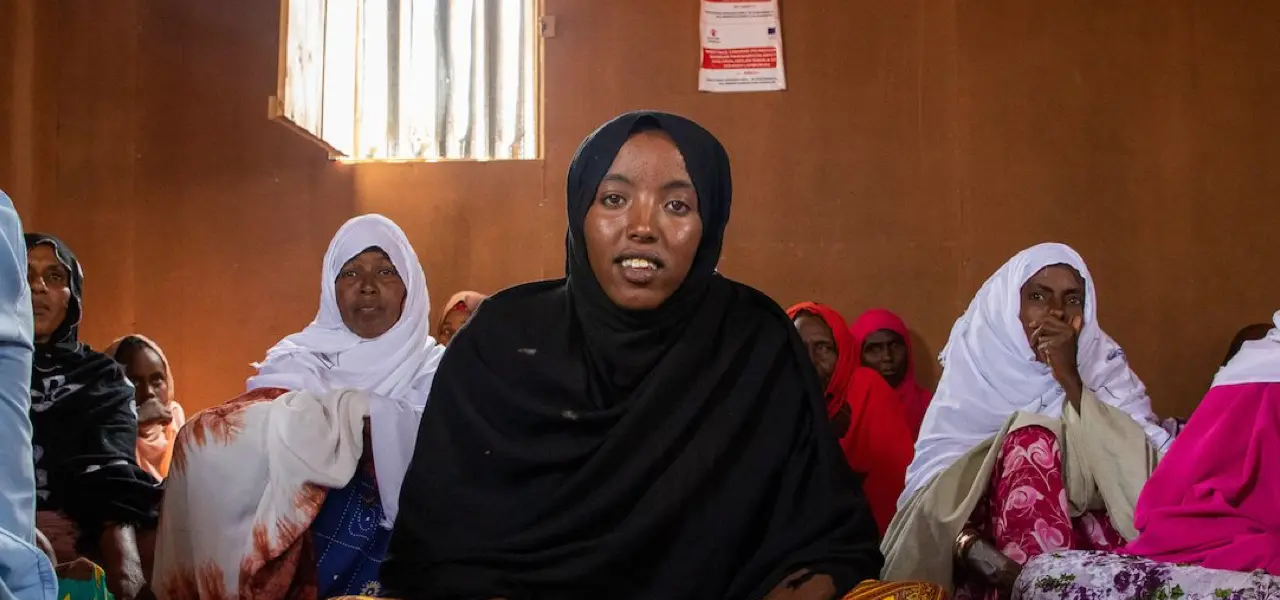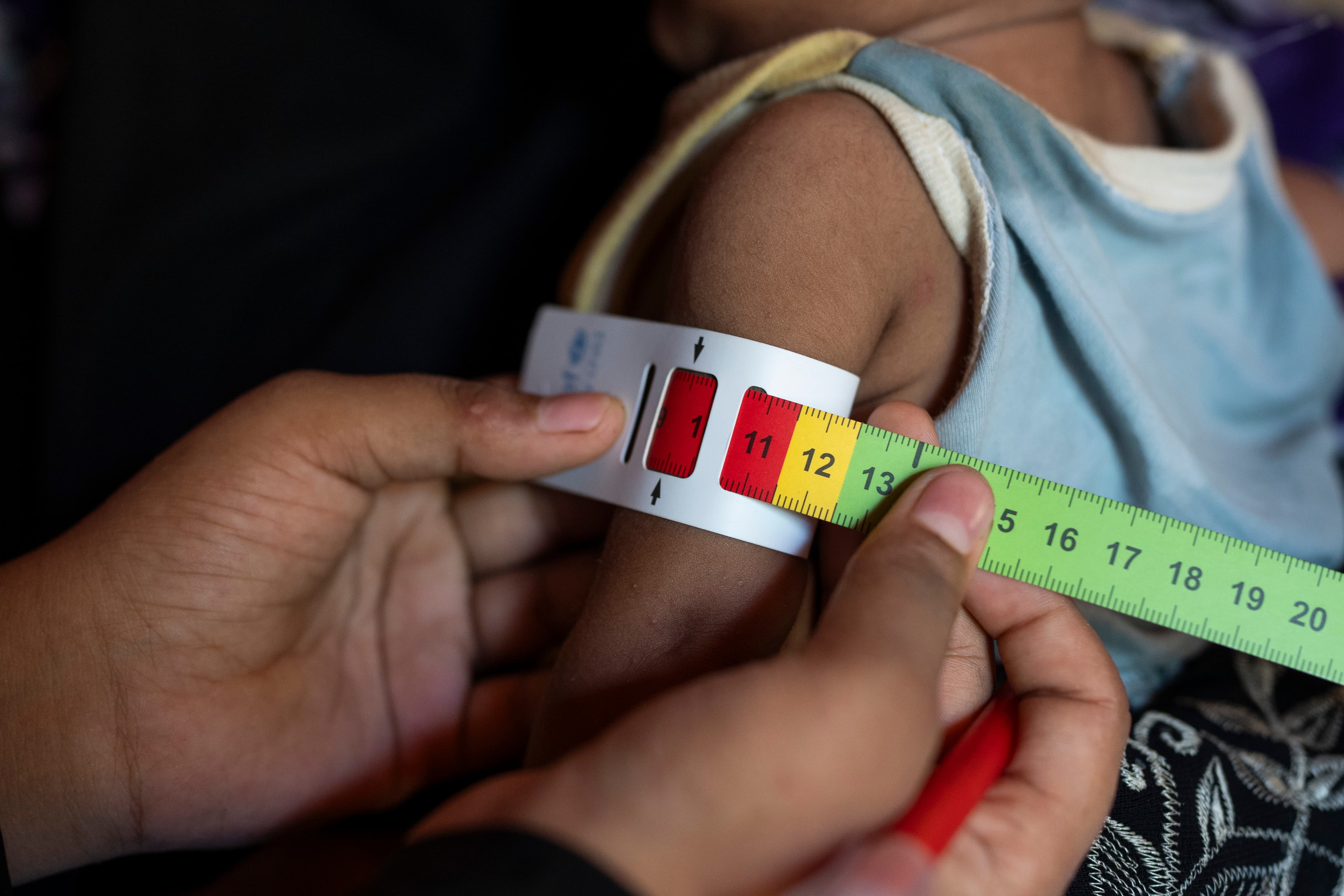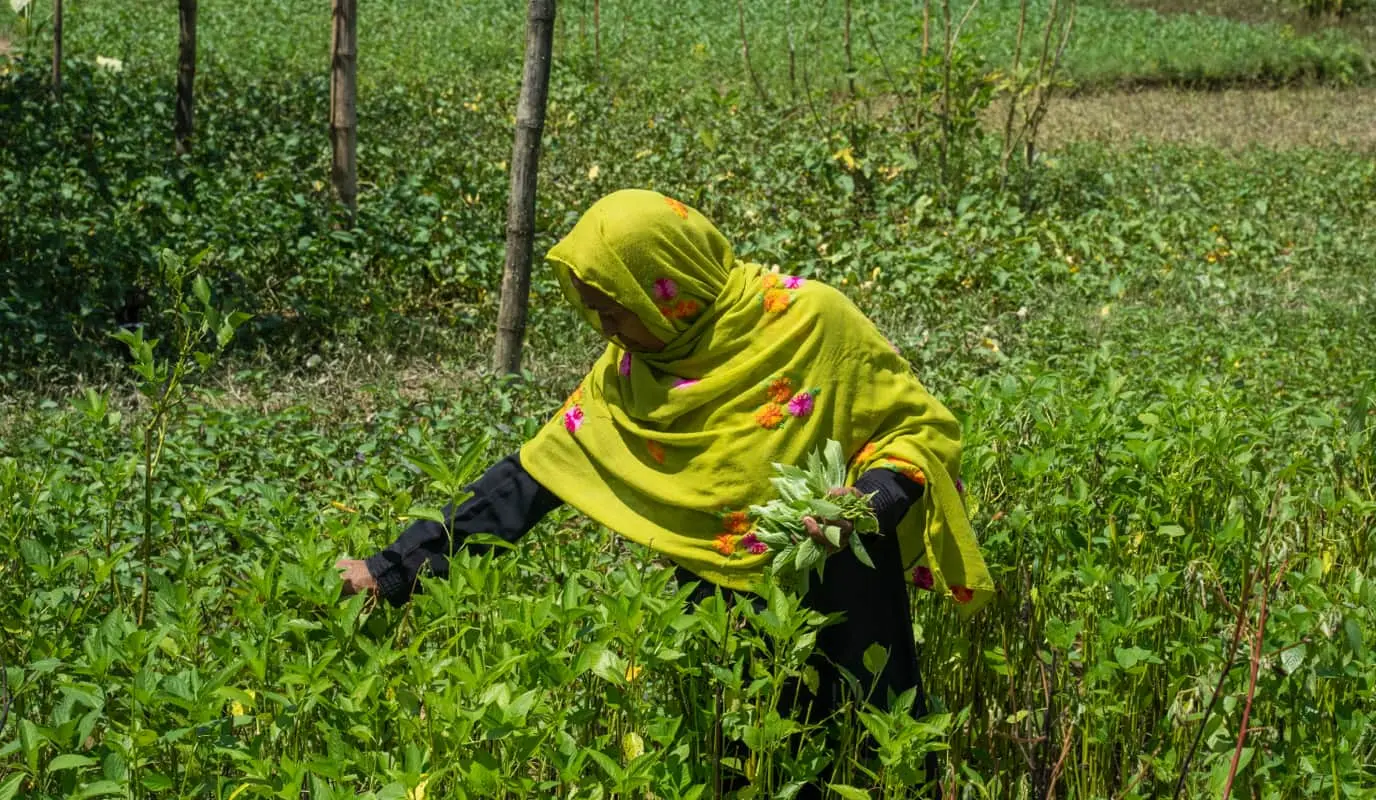The hunger season is a time of year between planting and harvest when a family’s food supplies run out. And, thanks to less predictable harvests, these “seasons” have gotten longer and longer.
Around the world, 65% of working adults living in poverty work in agriculture. This number is even higher in certain regions. In Africa’s Sahel zone (including parts of Burkina Faso, Niger, Chad, and Sudan), over 75% of people rely on agriculture to pay their bills and feed their families. 83% of people in Somalia are either farmers or pastoralists. In rural Kenya, that figure is over 70%, and 72% of Ethiopians earn their living through the land.
In sub-Saharan Africa, those numbers rise even higher: Nearly 80% of people in Malawi are farmers. A whopping 90% of people in Burundi rely on farming for their livelihood.
Why do these numbers matter? Because right now, many of these countries are in the middle of what’s known as the “hunger season.” The hunger season (or “hungry season”) is a time of year between planting and harvest when a family’s food supplies run out. For subsistence farmers, who rely on what they grow to eat as well as make money, this reality is incredibly harsh. The most vulnerable and lowest-income families rely on a host of strategies to cope with the circumstances, many of which hurt them and their environments in the long term.
And, thanks to less predictable harvests due to climate change and other factors, these “seasons” have gotten longer and longer. In some cases, they can last for more than half a year.
When a bad situation turns worse
“I can starve up to ten days without food,” says Turkana pastoralist Atiir Kataboi. “I cannot remember the number of times I have stayed without food.” In the drought-choked region of northern Kenya where she lives, her own income has dried up along with the land she relies on to put food on the table.
Atiir’s solution is an all-too-common one. Women are usually the first to skip meals in order to ensure that their husbands, partners, and children get the food they need. Many can calculate exactly how long they can go before they need to eat. The numbers they come up with are jarring.
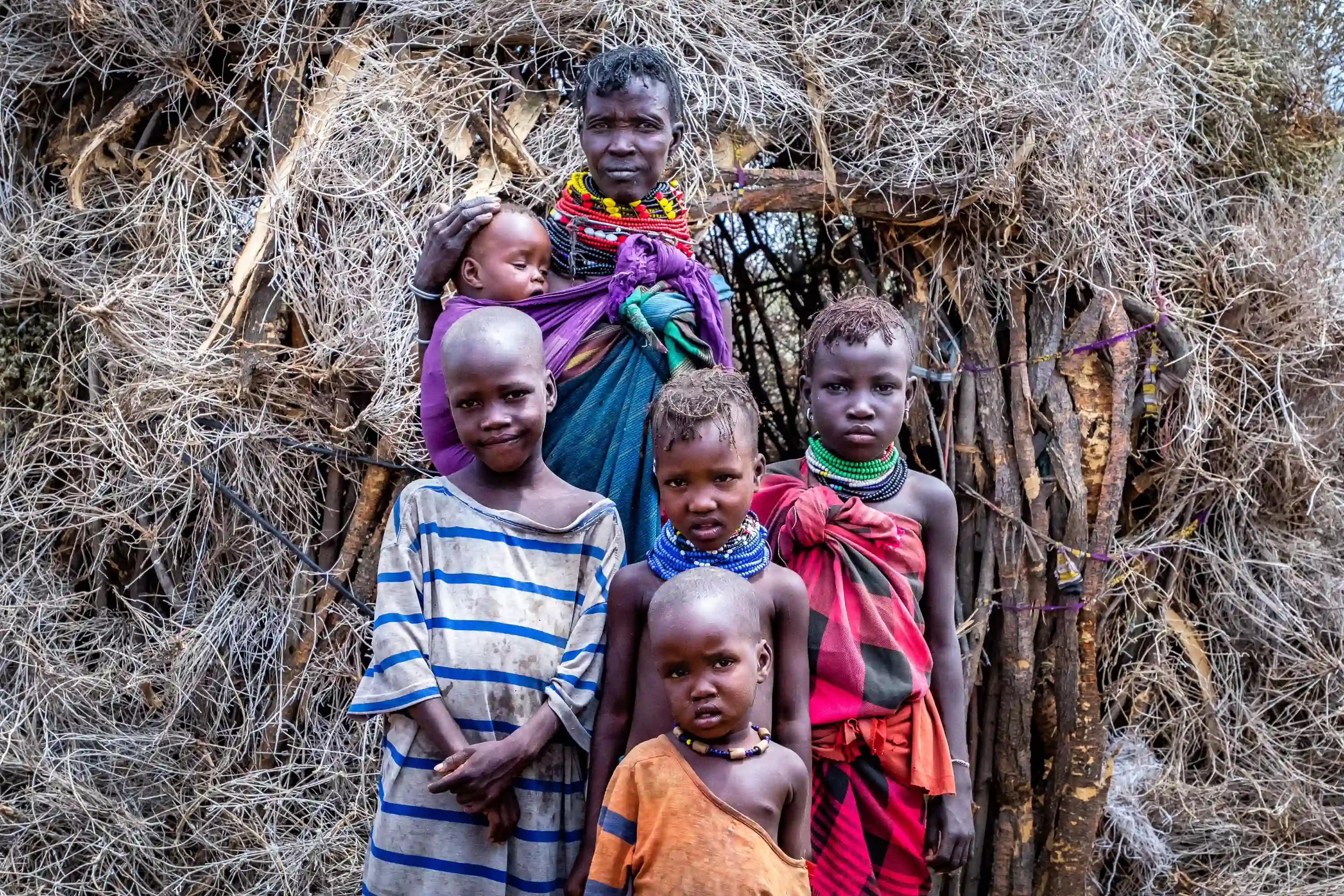
This is one of the examples of what people do when their food runs out; a human cost of the global food crisis. Ng'ikario Ekiru, a fellow pastoralist and mother of six in Turkana, lives off of wild fruits that grow in the region during the dry spells. “That is what has kept us going all this time,” she said in 2019, after several failed rainy seasons in Turkana. But, she adds, “it takes a short while for the wild fruits to ripen again.” In this time — a mini-hunger season in a larger hunger season — the wait “pushes us to the extreme.” Ng'ikario will resort to the animal hides lining the floor of her own home. “I turn to the old hides and skins. I roast them and that is what we consume.”
As hunger seasons stretch on, it’s harder to keep up
Going hungry and eating lower-quality food are two of the main coping mechanisms people have during the hunger season. Other responses include:
- Selling off essential assets (such as livestock and farming equipment) for cash
- Taking on additional labor, including one of the parents temporarily migrating for work in a different country
- Borrowing from friends and family
- Foraging for wild foods (such as wild berries) or eating items that aren’t exactly food (animal hides)
- Harvesting crops before they’re ready — or even eating seeds for future seasons
These measures that people must take to survive even temporary food shortages may seem like the only option they have at the moment. But they can be risky and have devastating long-term consequences. The wild fruits give Ng'ikario and her family stomach aches. Going more than a week without food countless times has taken a toll on Atiir’s health in both the short and long terms, especially as she continues to gather and sell charcoal and firewood to make ends meet.
One of the main problems is that, over the last several years, hunger seasons have grown longer and, in some areas like the Horn of Africa, harvests have yielded less and less. This means that coping mechanisms have grown all the more dire.
Some coping mechanisms — such as borrowing from friends and family or sharing resources — are less detrimental than others. But, over time, these “become diminished and you see communities resorting more and more to negative coping strategies,” says Amina Abdulla, Concern’s Regional Director for the Horn of Africa. “Some of these are actual drivers of the climate conditions that they are experiencing. Things like selling charcoal or firewood involve cutting down trees, it means degrading the environment further just to make ends meet or to survive.”
When disaster strikes — and strikes again
The failed rains in the Horn of Africa are one example of how hunger seasons are intensified in both size and scope due to climate change. As climate-related disasters have increased in the last decade, these events have made a tough reality a more complex emergency. Closing the gap on hunger seasons is no longer simply a question of how to help families have enough to get by between harvests, it’s also a question of how families can anticipate the unexpected.
In Malawi, the hunger season generally begins in November and ends in March. With nearly four-fifths of the country relying on the land, those five months have an outsized impact. The 2010s were an especially hard decade, too, with years of failed rainy seasons followed by floods that led to the country’s “biggest hunger crisis in a generation.” By the end of the decade, however, there were signs of hope. Rains in the region — including neighboring Mozambique — had been consistent and plentiful. At the beginning of 2019, all signs pointed to strong corn and sorghum harvests.
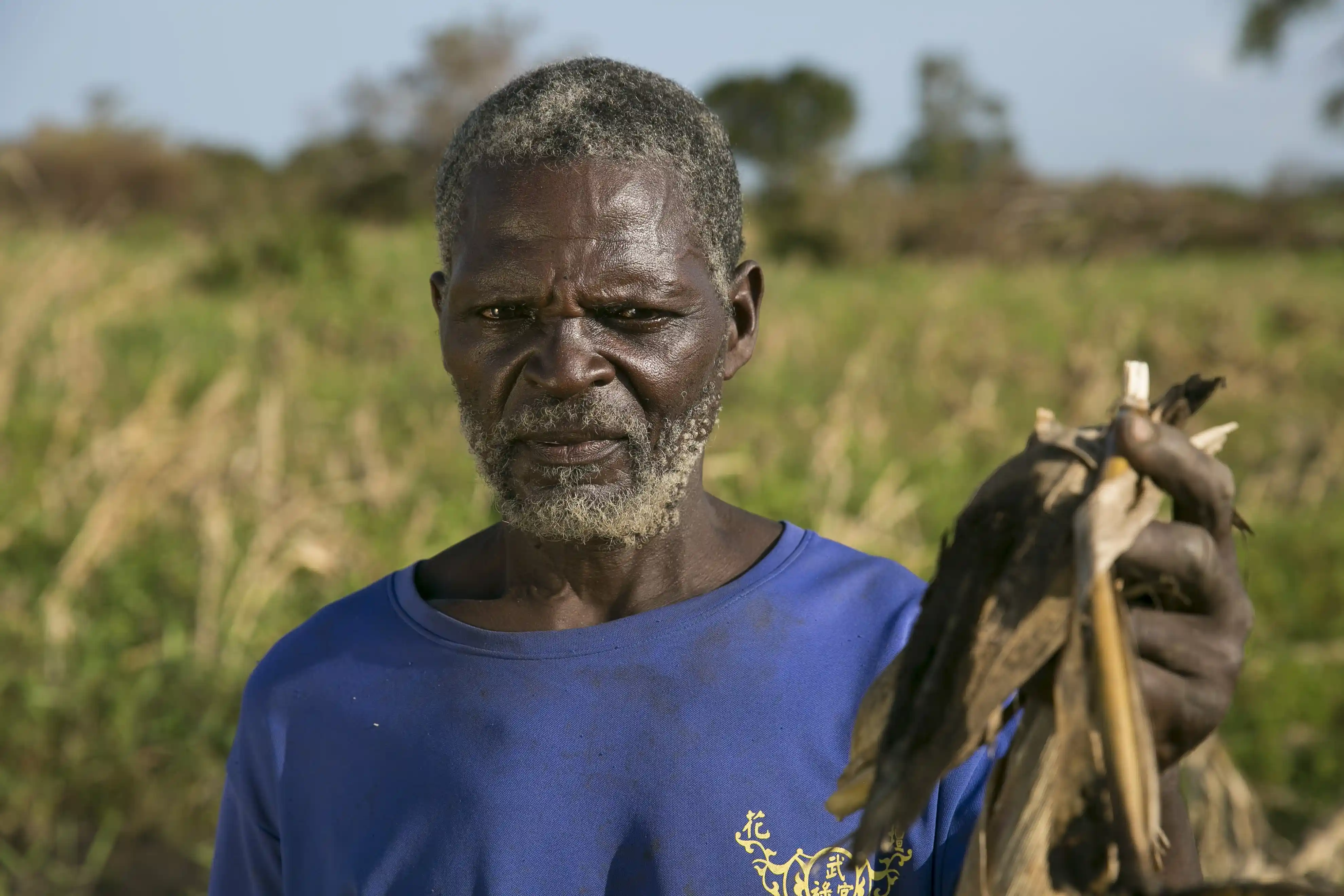
At the end of the hunger season, however, both Malawi and Mozambique were among those countries hit by Cyclone Idai beginning in mid-March. Millions of acres of crops across the two countries were destroyed. “My family are starving, they are crying,” Mozambican farmer Ernesto Gambulene told us in the aftermath. “I have been trying to save what I can, but there is almost nothing we can use. I just have to throw it away.”
The rural roads of Mozambique and Malawi were all but destroyed in the floodwaters, which made relief supplies even slower to reach communities like Ernesto’s. Many families like his scavenged what they could of crops rotted by nearly two weeks of flooding. They were also forced to drink dirty river water after local wells were submerged and polluted — leaving the potential risk for waterborne diseases like cholera alarmingly high.
Adding up the cost of the hunger season
Despite all best efforts to anticipate, prepare for, and respond to the hunger season, however, its costs are unfailingly high. The realities of the COVID-19 pandemic, as well as surges in both local and international conflict in 2022, have made situations even more dire with high inflation rates on food staples and certain regions even more difficult to access.
The cost of a food basket in Ethiopia has risen by 66%. In Somalia it’s gone up by 36%, making it hard for families to afford even basic staples during the lean season. Eastern Africa relies on Ukraine for wheat imports, and while some ships have been allowed to reach the area of Somalia, Sudan, and South Sudan, supplies are still severely limited. Other regions are more difficult for humanitarian groups to access due to safety and security concerns. Organizations in the area are also incredibly underfunded, and therefore unable to distribute supplies at full capacity.
It’s often the most vulnerable who pay the ultimate price: In the rural area of Aweil, South Sudan, malnutrition rates among mothers and children under the age of 5 is as high as 30% during the hunger season. A recent study from Ghana also showed that children born during the hunger season are more likely to face severe acute malnutrition.
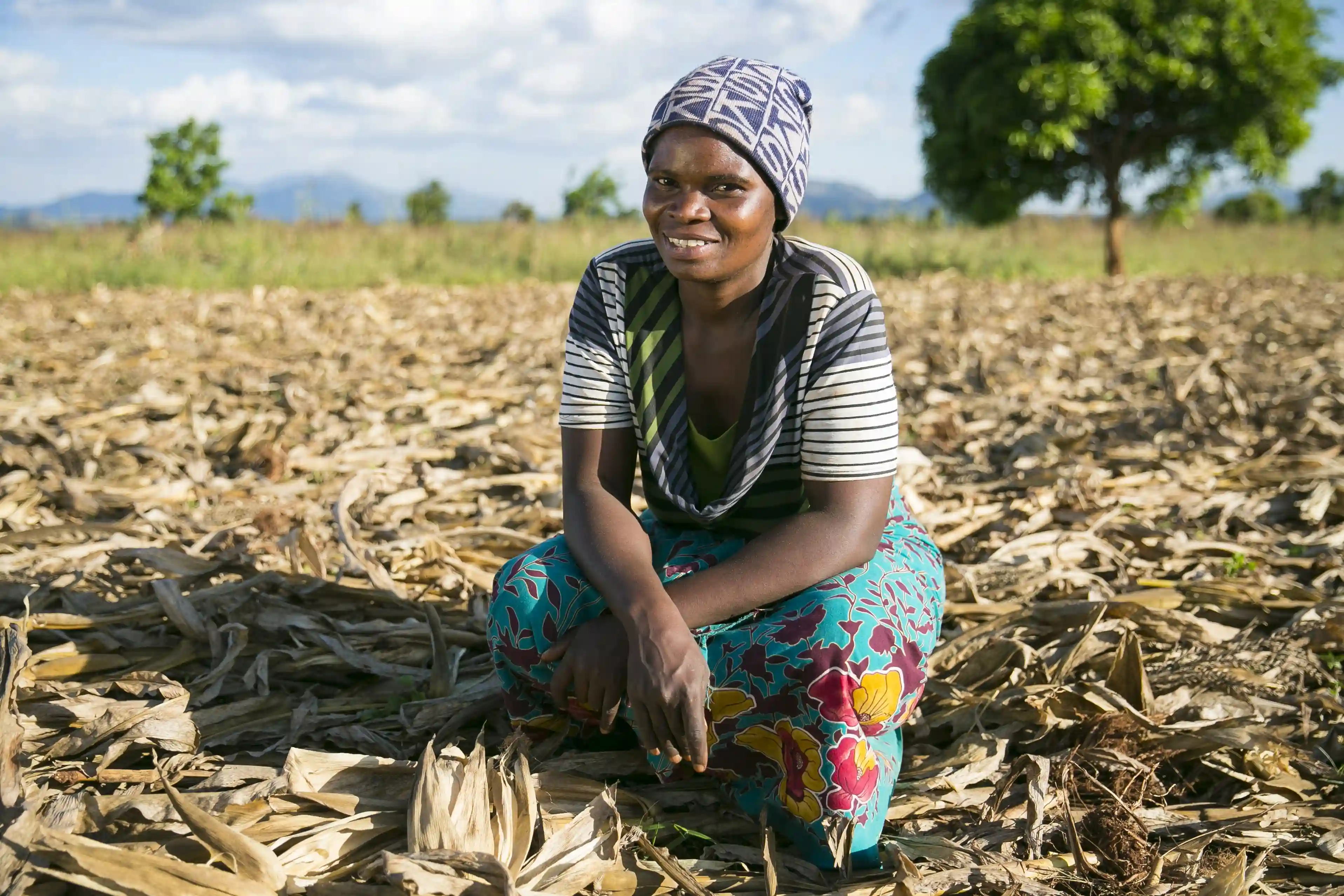
Can we prevent hunger seasons?
Yes! Preventing hunger seasons requires a multi-faceted approach, but the solutions themselves are actually quite simple:
1. Cash transfers
Rather than seeing people sell off vital assets or go hungry, cash transfers are one of the best solutions to the impacts of a hunger season. In 2009, following a severe drought in the Tahoua region of Niger, Concern provided monthly unconditional cash transfers of $215 to approximately 10,000 families for the course of the five-month hunger season. Not only did these transfers keep participating families from selling their assets to meet nutritional needs, but they also helped them to diversify their crops, cultivate more nutritious diets, and especially supported female farmers in getting the resources they were often excluded from on the basis of their gender.
2. Early warning, early action (EWEA)
The cash transfers in Niger helped in part because they were given out proactively rather than reactively. Traditional aid models have, often by necessity, relied on certainty. But in emergency contexts, this doesn’t always work. Waiting for the full picture of need and risk to develop can waste precious time, and leave civilians to pay the ultimate price. Concern has adopted an approach to emergencies called Early Warning, Early Action (EWEA). Instead of responding to an emergency based on certainty, we began responding (proportionately) to the probability of a disaster. In some cases, this meant that we responded early to the signs of a crisis that didn’t come to pass. But, in the long term, EWEA still saves money: An ounce of prevention is worth a pound of cure.
This is especially true when a potential emergency could also lead to increasing hunger and malnutrition rates. In January of 2017, Somalia’s leading source on food security indicated the possibility of a famine. By that time, Building Resilient Communities in Somalia — a Concern program with EWEA as its foundation — had been active for seven months. Somalia avoided a famine that year, in part due to the early responses to these warning signs.
3. Climate Smart Agriculture
Climate Smart Agriculture (CSA) is a set of farming methods designed to increase the resilience and productivity of land affected by climate change. It’s not a solution to climate change, but it is a way of mitigating many of its effects — including switching to new crops and techniques that yield better harvests in less predictable climates.
One technique from CSA helped farmers hit by Cyclone Idai in what could have been a catastrophic situation: Concern distributed short-term seeds to farmers who lost their entire spring 2019 harvests. As the name suggests, these seeds mature early, allowing farmers to recoup many of their losses without having to wait an entire planting season in between. (These seeds are also more drought-resistant, too.)
4. Mobile clinics and increased screening for malnutrition
Knowing that malnutrition experiences seasonal “surge” periods throughout the year that often coincide with hunger seasons, Concern has adapted its standard-setting Community Management of Acute Malnutrition (CMAM) program to respond proactively to these surges. Two CMAM Surge pilot tests in Kenya in 2012 saw that the model managed peaks, without undermining other health and nutrition efforts. Since then, we’ve been rolling out CMAM Surge around the world.
We also ensure that malnutrition screenings are available in even the hardest-to-reach areas. In South Sudan, Concern runs seven mobile clinics and over 50 nutrition clinics around the Aweil area for rural and vulnerable communities to offset the high rates of malnutrition between harvests.
The hunger season: Concern’s response
The majority of people Concern works with are involved in some way with farming and food production. Many of these communities are also on the frontlines of climate change. We work with rural communities to promote Climate Smart Agriculture, an approach that helps families adapt to better crops, growing techniques, and soil improvement practices in response to the changing — and often unpredictable — environment. We also work to strengthen links with the private sector to facilitate access to supplies and equipment.
We combine this with our award-winning and standard-setting program, Community Management of Acute Malnutrition (CMAM), which has saved millions of lives over the past 20 years. We’ve continued to work with partners and communities to find more tailored approaches to community-based treatment of childhood malnutrition, which has led to CMAM Surge: a way of proactively responding to malnutrition during seasonal “surge” periods throughout the year. Two CMAM Surge pilot tests in Kenya in 2012 saw that the model managed peaks, without undermining other health and nutrition efforts.
Supporting Concern means that $0.93 of every dollar donated goes to our life-saving work in 25 countries around the world. Last year, we were able to reach over 11.4 million people with our health and nutrition initiatives.


